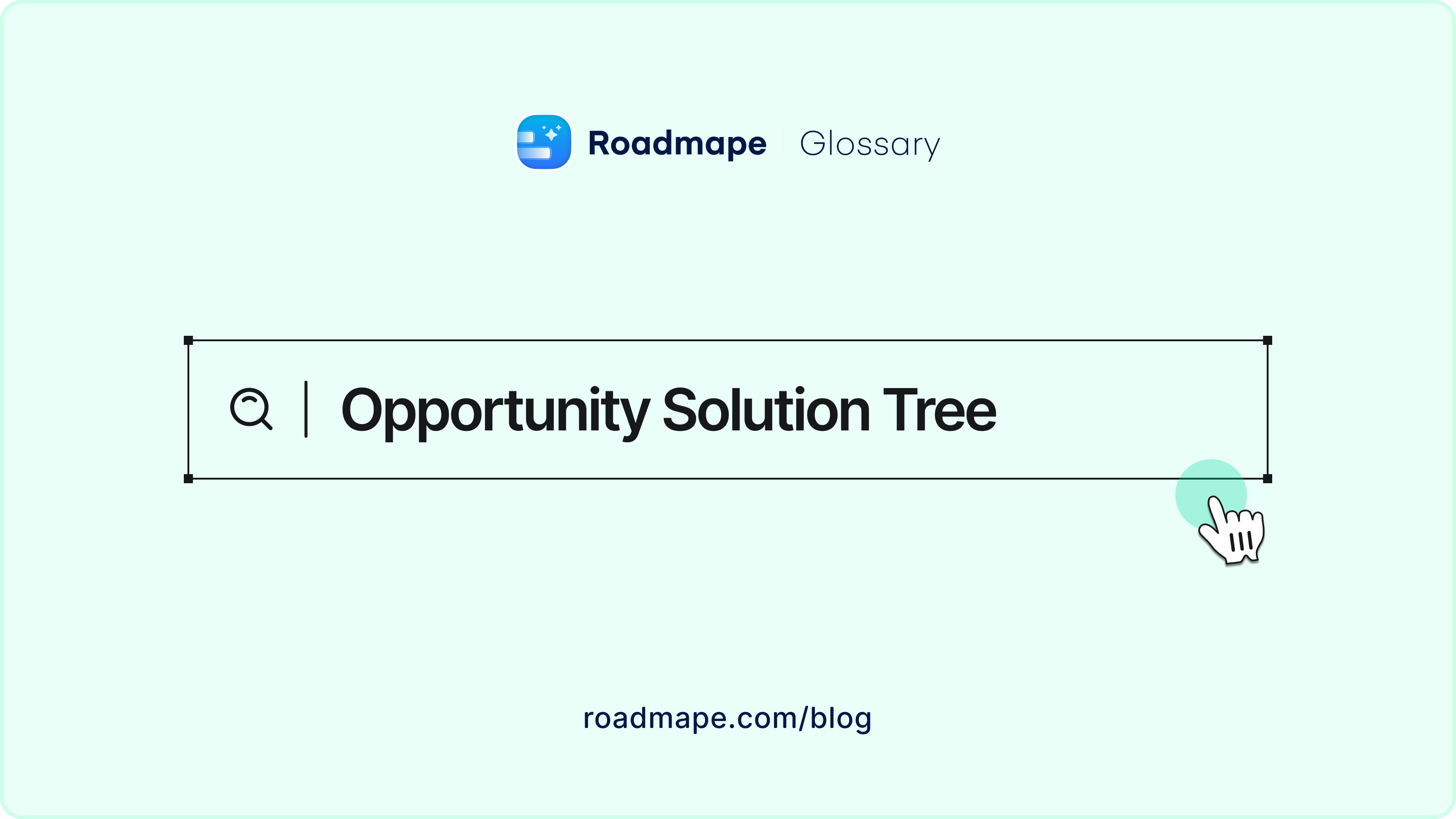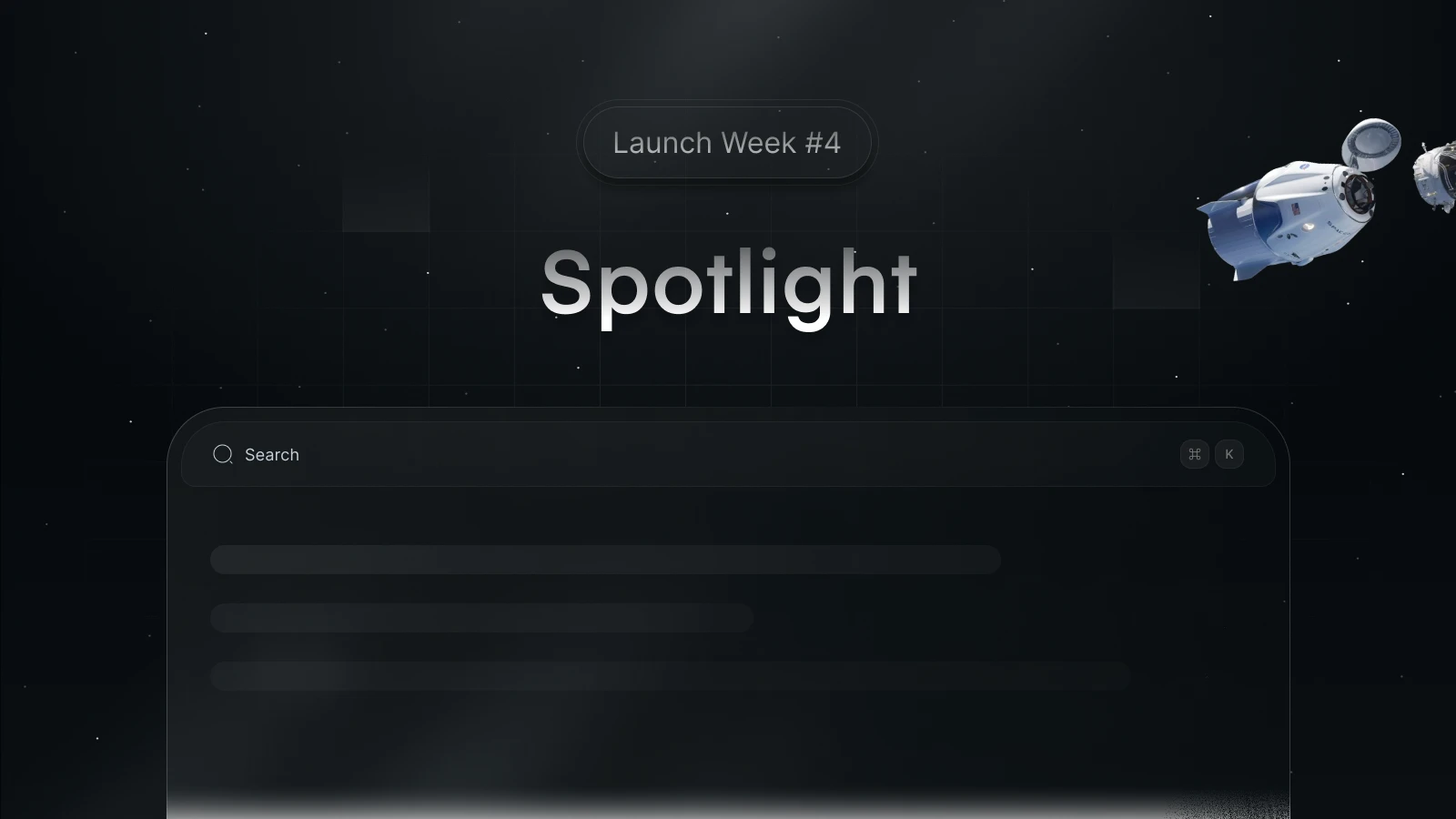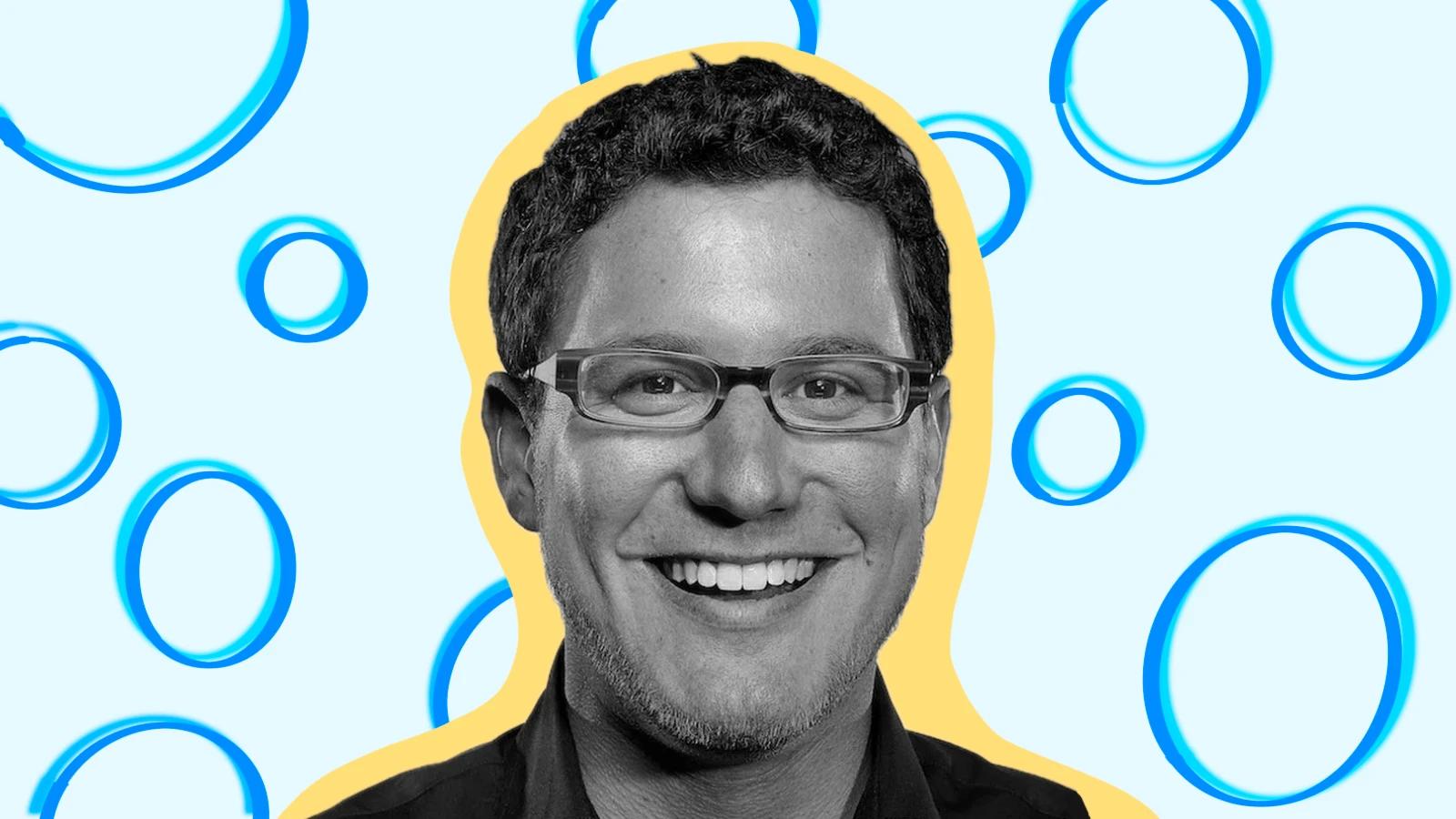Tony Fadell's 'Build': Elevate SaaS Product Success
Apply Tony Fadell's 'Build' principles for SaaS product innovation. A guide for product managers on purpose and user design.

TL;DR
Tony Fadell's 'Build' emphasizes the essence of product development rooted in purpose, user-centric design, and iterative improvement. The book delineates the necessity of a profound understanding of user needs, employing Minimum Viable Product (MVP) strategy, and establishing effective team collaboration.
In this blog post, we delve into the crucial takeaways from 'Build' that can guide product managers in crafting software solutions that are technically stellar and genuinely valuable to the user.
Setting a Defined Purpose: The "Big Why"
It's often said that every great journey begins with a single step. But before taking that step, it's vital to know where you're heading. This is where the concept of a "Big Why" comes into play in product development.
The "Big Why" is the compelling reason that drives you and your team to build a product. It's the foundation upon which every decision about your product is based and is intrinsically linked to the impact you aim to have in the world. The "Big Why" is your north star - it provides direction and a clear sense of purpose.
Tony Fadell, in his book 'Build,' emphasizes the importance of starting with a clear purpose. He asserts that understanding the problem you aim to solve and the impact you wish to make can act as a guide throughout the development process. It's this guiding sense of purpose that inspires innovation and drives product teams to create solutions that truly matter.
But why is having a "Big Why" so crucial in product development? The answer lies in motivation, alignment, and differentiation.

Motivation
A compelling purpose is a powerful motivator. It drives teams to push boundaries, think innovatively, and overcome hurdles that come their way. When teams understand the impact their product can make, they're more likely to go the extra mile to ensure its success.
Alignment
A well-defined purpose ensures alignment across all levels of the organization. When everyone understands the product's "Big Why", it's easier to make decisions and prioritize tasks because everyone is working towards the same goal. This alignment reduces friction, facilitates effective collaboration, and enhances efficiency in the product development process.
Differentiation
In a highly competitive market, having a clear purpose can help differentiate your product. Customers tend to align with products and brands that stand for something meaningful. By communicating your "Big Why" to your customers, you are not just selling a product but a vision, a belief that resonates with them.
Creating Your "Big Why"
Establishing your "Big Why" requires introspection and a deep understanding of the market and your target audience.
It involves answering questions like:
- What problem does your product aim to solve?
- What positive impact will your product have on users?
- What values does your product embody?
- How will your product make the world or your industry better?
By addressing these questions, you can create a compelling purpose that will guide your product development process and resonate with your customers.
Remember, as Tony Fadell asserts, the first step towards building a product that truly matters is defining your "Big Why." So, embrace this step, and let it guide you towards developing products that aren't just technically excellent but genuinely impactful and valuable for your users.
Advocating User-Centric Design
In the digital era, where user expectations continually evolve, one aspect remains constant - the significance of the user experience. The key to delivering an exceptional user experience lies in understanding the users and their needs deeply. This understanding forms the foundation of user-centric design, a principle that Tony Fadell emphasizes in his book 'Build.'
What is User-Centric Design?
User-centric design (UCD), as the name suggests, puts users at the heart of the design process. It's a philosophy and a process that involves a deep understanding of your users: their habits, behaviors, preferences, needs, and even their unmet desires.
UCD is not merely about aesthetics or making your product look pretty. It is about creating products that fulfill the user's needs effectively and provide an engaging, seamless experience that delights them. It's about connecting with your users on a deeper level and creating a product that not only solves their problems but also provides an experience they enjoy.
The Benefits of User-Centric Design
Implementing a user-centric design approach has numerous benefits:
Higher User Satisfaction
When a product meets or exceeds a user's expectations and needs, it naturally leads to higher satisfaction levels. This satisfaction could lead to positive word-of-mouth, increased loyalty, and higher retention rates.
Increased Product Adoption
A product designed with users' needs in mind is more likely to be adopted and embraced by its target audience. If the product resonates with the user and seamlessly integrates into their life, they're more likely to continue using it.
Competitive Advantage
In a crowded market, a user-centric design approach can help your product stand out. Users tend to gravitate toward products that provide a seamless, enjoyable experience.
Embracing User-Centric Design in Product Development
The first step to implementing a user-centric design approach is understanding your users. This requires research and empathy. Observe your users, interview them, conduct surveys, and gather as much data as possible to understand their behaviors, preferences, and needs.
Next, use this information to create user personas - fictional characters that represent different user types that might use your product. These personas will help guide design decisions by offering a clearer understanding of who the end users are.
Iterate and refine your designs based on user feedback. This involves creating prototypes, conducting user testing, gathering feedback, and making improvements. It's an iterative process that continues even after the product is launched. It requires the product team to listen, learn, and continually optimize the product to improve the user experience.
To embed user-centric design into your team's ethos, it's crucial to foster empathy towards users. Encourage your team to view the product from the user's perspective. This empathy will guide your design decisions and ensure your product remains focused on the people who matter most - your users.
Remember, as Tony Fadell underlines, a user-centric design approach is integral to building products that address real problems and deliver exceptional user experiences. By placing your users at the center of the design process, you're on the path to creating products that are meaningful, valuable, and truly impactful.
Harnessing MVP and Iterative Improvement
Tony Fadell emphasizes that the journey of product development is not linear. It's a process filled with uncertainties, challenges, and countless opportunities for learning and growth. To navigate this path, Fadell advocates for an iterative approach, starting with an MVP or Minimum Viable Product.
An MVP, in essence, is the most pared-down version of a product that can still provide value to the user and provide the product team with user insights. This MVP-centric and iterative approach offers several benefits:
- MVP helps in validating your product idea early in the development process, saving resources that might otherwise be wasted on a full-fledged product that fails to resonate with users.
- The iterative improvement approach allows you to incorporate user
feedback into every version of your product, ensuring each iteration offers more value to the users.
- It fosters a culture of experimentation and learning, encouraging product teams to take risks and innovate continually.
Airbnb is a shining example of the MVP strategy. The founders began with a rudimentary website offering short-term living quarters and breakfast. Feedback from early users helped them refine their concept, leading to the multi-billion-dollar marketplace we know today.
Effective Team Collaboration: The Power of Collective Genius
'Build' is not just a book about creating user-focused products; it's about nurturing an environment that stimulates innovation. According to Fadell, cross-functional teams with effective communication and shared vision can drive innovation more effectively.
Building such teams involves:
- Cultivating a culture of transparency and open communication, ensuring every team member understands the product's purpose and goals.
- Encouraging diversity of thought, providing a space where each team member feels valued and heard.
- Fostering a learning environment that enables your team to adapt, grow, and drive product innovation.
Conclusion: Key Takeaways
Embrace a clear sense of purpose: Understand the problem you aim to solve with your product and the impact you wish to create. This purpose will guide your product's evolution and connect with users at a deeper level.
Adopt a user-centric design approach: Prioritize your users in every step of your product's design and development process. Understand their needs, observe their behaviors, and let these insights shape your product.
Harness the power of MVP and iterative improvement: Start small, learn fast, and continually iterate your product based on user feedback. This approach will enable you to create products that evolve with your user's needs and market trends.
Promote effective team collaboration: Foster a work environment that encourages open communication, diversity of thought, and continuous learning. Such a culture will enable your team to drive innovation and build products that truly matter.
FAQ
1. What is the primary message of Tony Fadell's 'Build'?
The primary message of 'Build' is the crucial importance of purpose, user-centric design, and continuous iteration in the product development process. Tony Fadell underscores that products that truly matter are those which fulfill a need, provide excellent user experience, and consistently improve over time.
2. What does it mean by a 'clear sense of purpose' in product development?
A 'clear sense of purpose' in product development refers to having a well-defined vision of the problem your product aims to solve, the impact it hopes to have on its users, and the value it will add to their lives. This clear purpose then guides every stage of product development, from conceptualization to final execution.
3. How is user-centric design different from other design approaches?
User-centric design, as the name implies, puts the user at the center of the entire design process. It involves understanding users' needs, preferences, and behaviors in-depth and designing the product to cater to these factors. This approach differs from others where design decisions may be based more on business objectives, technological capabilities, or aesthetic considerations, rather than primarily focusing on the user experience.
4. Why is MVP crucial in product development? What are its benefits?
MVP, or Minimum Viable Product, is a development approach where a new product is designed with only the essential features to solve the main problem for early users. The benefits of the MVP approach are manifold. It enables quicker market entry, helps validate the product idea with real users, allows for early user feedback, and reduces the risk of large-scale failure. It promotes a culture of iterative development and continuous learning.
5. How does effective team collaboration contribute to product development?
Effective team collaboration plays a significant role in product development. It ensures that everyone is aligned with the product's vision and objectives, encourages diverse ideas and perspectives, and fosters an environment conducive to continuous learning and innovation. Good collaboration helps to break down silos, speeds up problem-solving, and ultimately leads to a more effective and efficient product development process.
6. How can I apply the lessons from 'Build' to my role as a product manager?
The lessons from 'Build' can be applied to your role as a product manager by embracing a clear sense of purpose for your product, advocating for user-centric design, and incorporating iterative improvement with MVP. Moreover, fostering an environment that encourages effective team collaboration can also lead to more innovative and successful product development.
7. Are the principles from 'Build' applicable to any type of product?
While 'Build' is primarily focused on technology products, its core principles of purpose-driven development, user-centric design, iterative improvement, and effective collaboration are applicable across any product category. These principles are essentially about understanding the needs of the customer, creating a product that provides real value, and continually striving to improve.
By incorporating these insights from Tony Fadell's 'Build,' product managers and leaders can navigate their journey of product development with confidence and direction. This knowledge will guide you in building not just a product, but an offering that resonates with users, provides genuine value, and stands out in today's saturated technology market.


